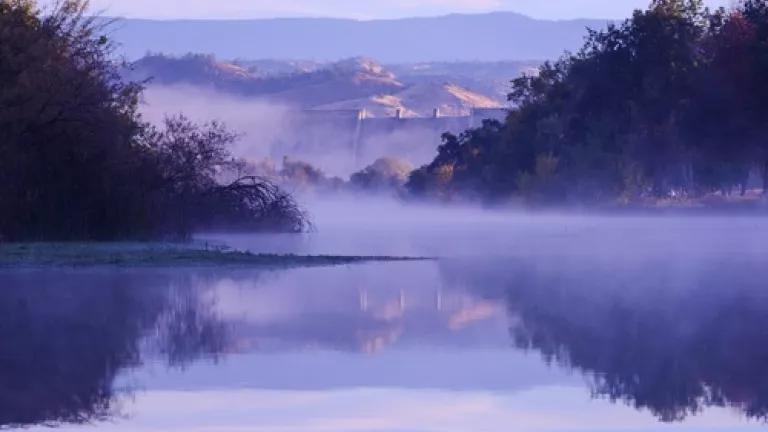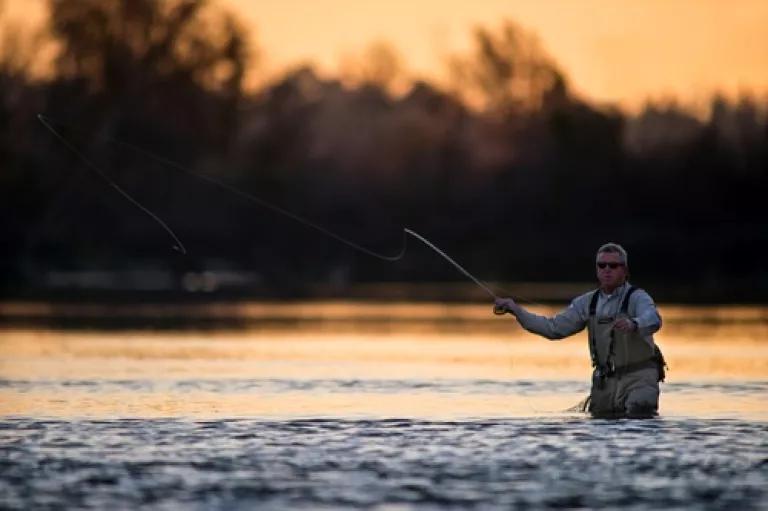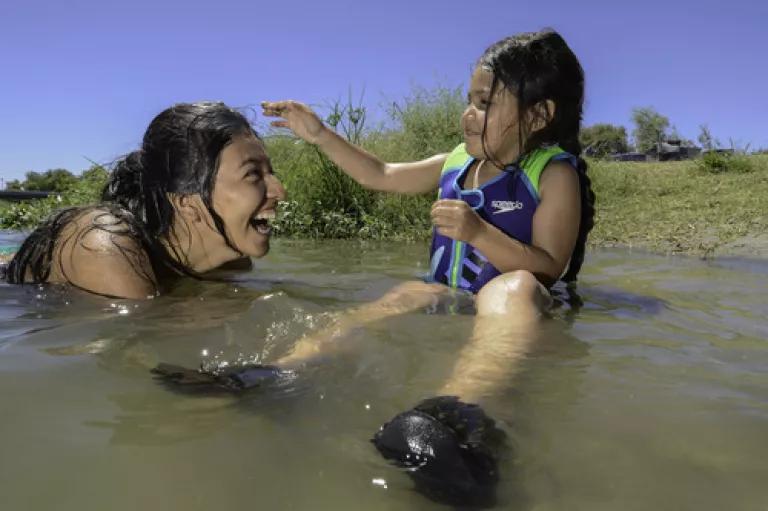Revival in the face of drought: The return of spring run Chinook salmon to the San Joaquin River

Despite California’s drought, today the San Joaquin River Restoration Program (SJRRP) is releasing 54,000 juvenile spring-run Chinook salmon into the San Joaquin River. This marks the first time in 60 years that spring-run Chinook will make the journey from the upper San Joaquin River to the Pacific Ocean, a true watershed moment for the Restoration Program, and a monumental step forward in reviving a river vital to local communities as well as California’s water supply and natural heritage. These releases are being carried out as part of the 2006 settlement agreement between the federal government, Friant Water Authority, and fishing and conservation groups including NRDC to restore California’s second largest river and its salmon runs, which were wiped out when Friant dam dried up over 60 miles of the river in the 1940s.
However, it is important to note that the release of these juvenile salmon will not be accompanied by any increased water releases into the San Joaquin River from Friant Dam. The Settlement Agreement recognized that during the driest years, very little or no additional water would flow to the river, and instead the program has found creative ways to continue to move forward with restoring the river and salmon runs. The information gleaned from this year will support on-going restoration efforts and allow better management during future dry year conditions.

The release of these juvenile salmon represents big step towards reviving California’s once-prolific salmon fishery—along with the thousands of jobs that it supports. Historically, more than 60,000 spring run Chinook salmon spawned below Friant dam, and today’s fish releases are the beginning of reintroducing these threatened salmon to their historic habitat in the San Joaquin River. Restoration of the river will support a vibrant San Joaquin Valley by generating 11,000 jobs and providing new opportunities for recreation and tourism for communities along the river.
Achieving forward progress during a drought also highlights the importance of the Restoration Program’s efforts to improve management of water supplies in the region in ways that benefit everyone. For example, the SJRRP is helping to develop groundwater banking projects that store water in wet years to help weather dry years like the one we are facing now.

Even in the driest years, it is essential that we find ways to protect the health of our rivers and fisheries while supporting the state’s economy. The reintroduction of salmon to the San Joaquin River is a reminder that we value the health of our rivers not just for ourselves, but also for future generations.
